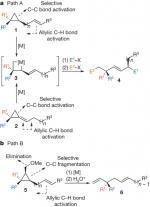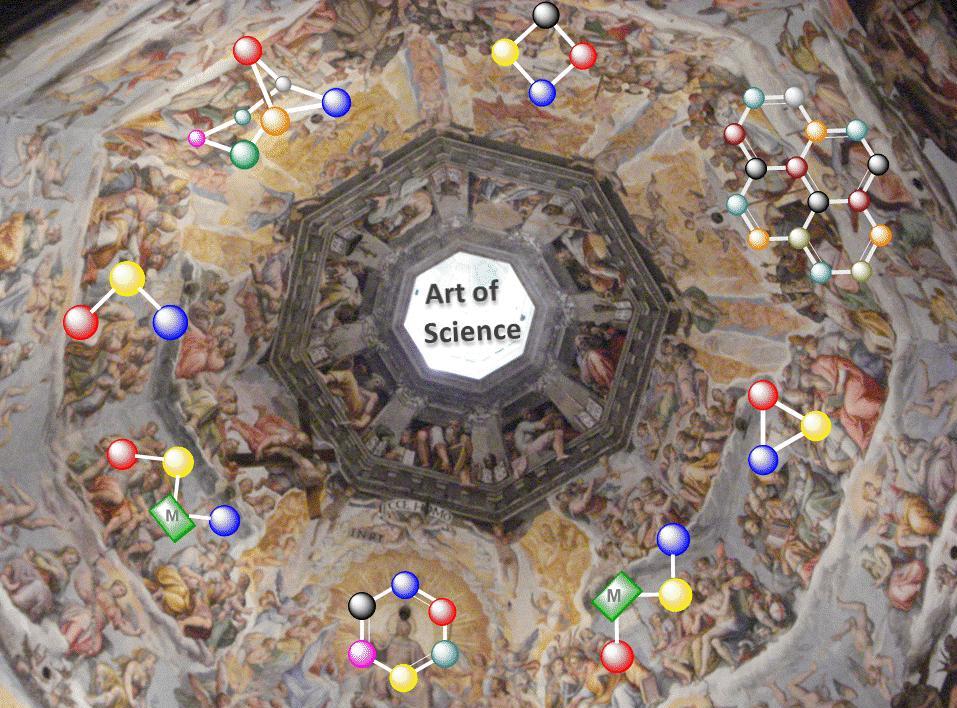Citation:

Abstract:
Article preview View full access options
Merging allylic carbon–hydrogen and selective carbon–carbon bond activation
- Nature
- 505,
- 199–203
- (09 January 2014)
- doi:10.1038/nature12761
- Received
- 22 August 2013
- Accepted
- 08 October 2013
- Published online
- 08 December 2013
Article tools
Since the nineteenth century, many synthetic organic chemists have focused on developing new strategies to regio-, diastereo- and enantioselectively build carbon–carbon and carbon–heteroatom bonds in a predictable and efficient manner1, 2, 3. Ideal syntheses should use the least number of synthetic steps, with few or no functional group transformations and by-products, and maximum atom efficiency. One potentially attractive method for the synthesis of molecular skeletons that are difficult to prepare would be through the selective activation of C–H and C–C bonds4, 5, 6, 7, 8, instead of the conventional construction of new C–C bonds. Here we present an approach that exploits the multifold reactivity of easily accessible substrates9 with a single organometallic species to furnish complex molecular scaffolds through the merging of otherwise difficult transformations: allylic C–H and selective C–C bond activations10, 11, 12. The resulting bifunctional nucleophilic species, all of which have an all-carbon quaternary stereogenic centre, can then be selectively derivatized by the addition of two different electrophiles to obtain more complex molecular architecture from these easily available starting materials.

